For enthusiasts and collectors alike, ensuring the longevity and optimal performance of mechanical watches is a top priority.
That means understanding the basic steps for daily care of your mechanical watch, how to properly wind and set your watch to avoid damage, and when to seek professional servicing for your timepiece.
Below, I’ll cover all the knowledge you need to maintain your mechanical watch meticulously, so that it continues to tell time accurately and lasts for generations. You’ll learn how to care for these sophisticated devices to keep them ticking beautifully for years to come.
First, let’s make sure we’re on the same page when it comes to understanding mechanical watches and why you need to maintain them.
Understanding Mechanical Watches
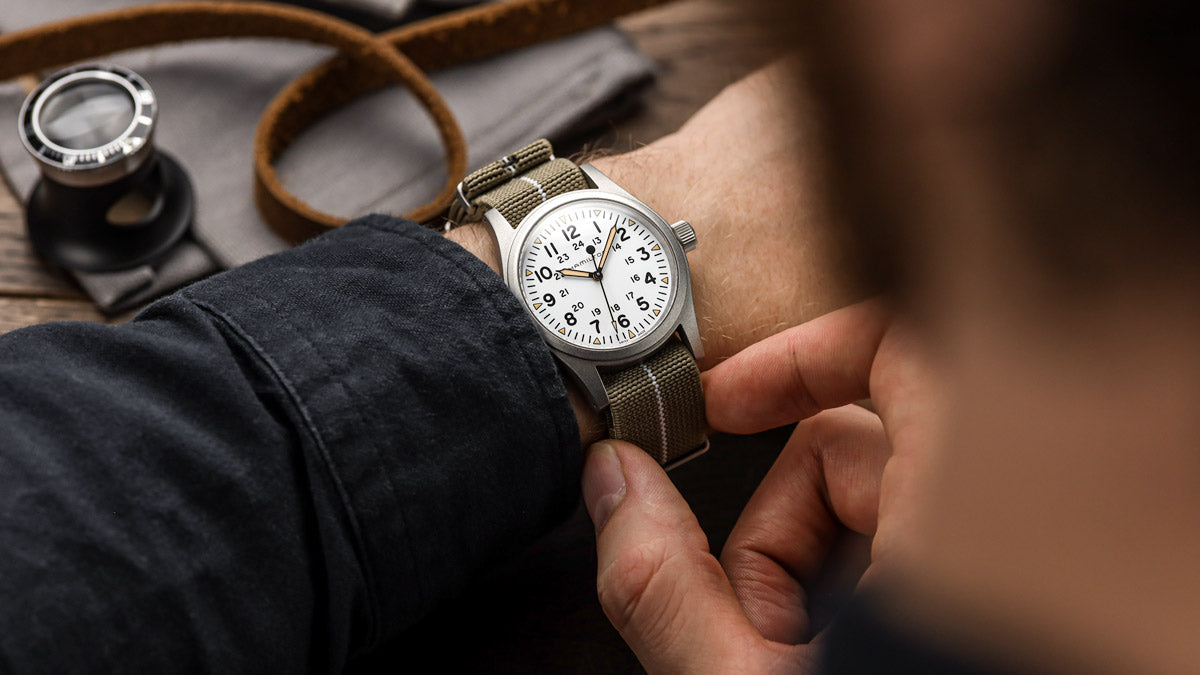 Hamilton Khaki Field - Credit WatchGecko
Hamilton Khaki Field - Credit WatchGecko
- Regular price
- £68.00
- Regular price
-
- Sale price
- £68.00
- Unit price
- per
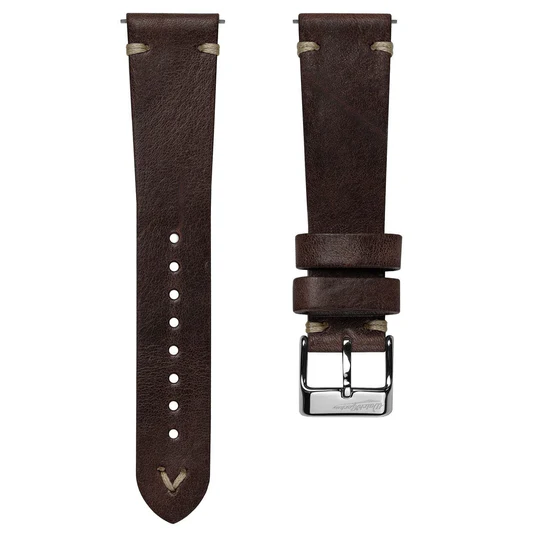
- Regular price
- £68.00
- Regular price
-
- Sale price
- £68.00
- Unit price
- per
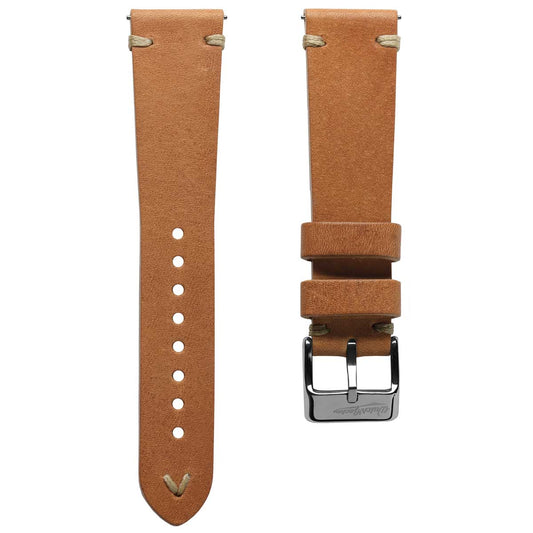
- Regular price
- £68.00
- Regular price
-
- Sale price
- £68.00
- Unit price
- per
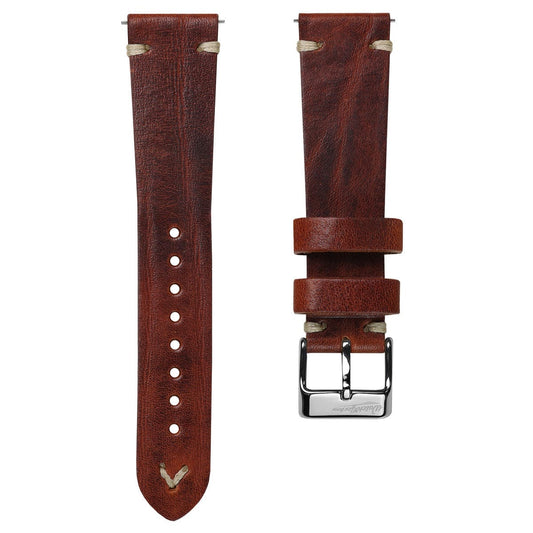
Unlike their quartz counterparts, mechanical watches are powered by a tightly wound spring that releases energy in a controlled manner to move the watch's hands. This is what allows mechanical watches to mark time without the need for electronic components.
However, this intricate dance of gears and springs also requires a bit of regular maintenance to ensure longevity and accuracy.
The Difference Between Manual and Automatic Mechanical Watches
Mechanical watches come in two primary types: manual and automatic.
Manual watches require the wearer to wind the crown regularly, typically once a day, to keep the watch running.
Automatic watches, on the other hand, harness the movement of the wearer's wrist to wind the mainspring automatically.
Despite this fundamental difference, both types share a need for meticulous care and maintenance to function at their best.
Common Issues Without Proper Care
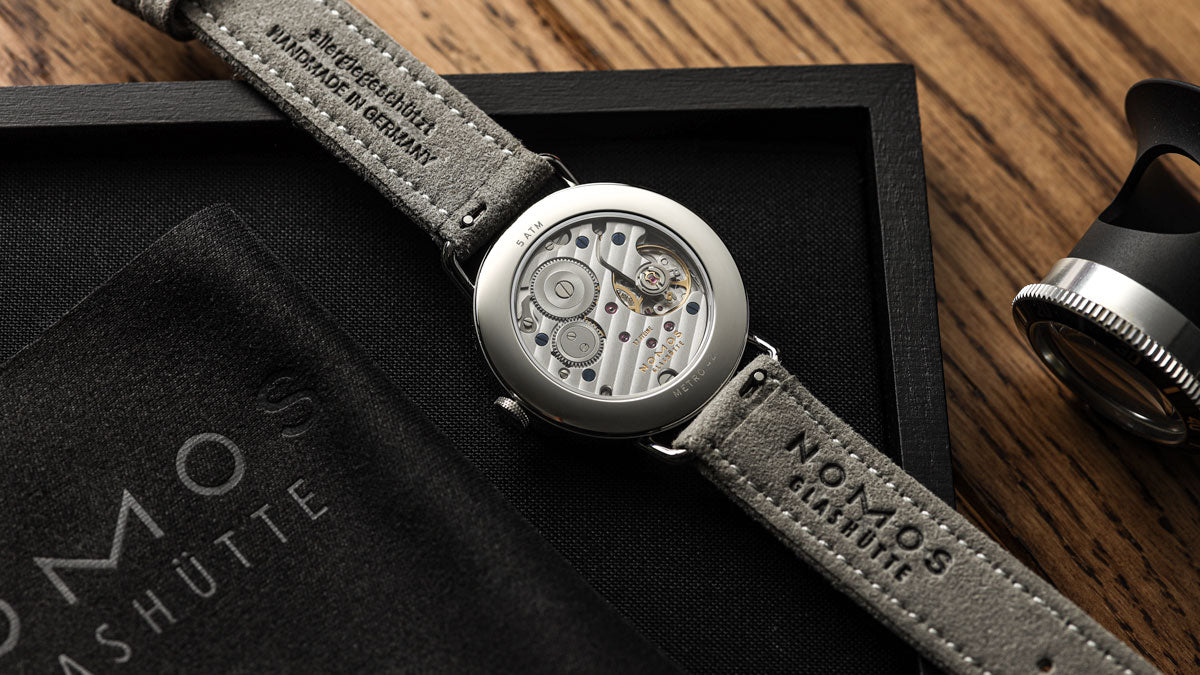 NOMOS Metro 33 - Credit WatchGecko
NOMOS Metro 33 - Credit WatchGecko
Without regular maintenance, mechanical watches can suffer from a range of issues. These can include loss of accuracy, where the watch begins to gain or lose time significantly, or even complete failure of the mechanism.
Dust, moisture, and wear and tear on the internal components can all contribute to these problems, underscoring the importance of a regular maintenance routine.
Daily Care and Handling for Mechanical Watches
To ensure the longevity and precise operation of your mechanical watch, adopting a routine for daily care and handling is crucial.
These practices not only keep your watch looking pristine but also safeguard its intricate inner workings from damage.
How to Clean Your Watch Safely at Home
 Omega Speedmaster 3861 - Credit WatchGecko
Omega Speedmaster 3861 - Credit WatchGecko
Regular cleaning is essential to maintain the aesthetic and functional integrity of your mechanical watch. Simply use a soft, lint-free cloth to gently wipe away any dust or smudges from the watch case and crystal.
For a more thorough cleaning, a soft brush can be used to remove debris from the bracelet or strap, being careful to avoid water contact unless your watch is explicitly water-resistant.
The Importance of Avoiding Water and Extreme Temperatures
Speaking of water… water and moisture pose a significant threat to mechanical watches. This is because they can potentially penetrate the case and damage the movement. Even if your mechanical watch is water-resistant, it's advisable to avoid exposing it to water whenever possible.
Similarly, extreme temperatures can adversely affect your watch’s performance, with excessive heat causing expansion and cold leading to contraction, both of which can impact accuracy.
Tips for Storing Your Watch When Not in Use
When not adorning your wrist, your mechanical watch should be stored in a dry, temperature-controlled environment. A watch box or case not only protects your timepiece from dust and scratches but also provides a safe haven from potentially harmful environmental conditions.
For automatic watches, you can also consider using a watch winder to keep the movement active, mimicking the natural motion of the wrist and ensuring your watch keeps accurate time even when not worn.
Winding and Setting Your Mechanical Watch
 Oris Aquis Hölstein Edition - Credit WatchGecko
Oris Aquis Hölstein Edition - Credit WatchGecko
Properly winding and setting your mechanical watch is essential to its maintenance and longevity. These actions, when done correctly, ensure that your watch operates accurately and remains undamaged over time.
Here’s how to approach these tasks with care:
Step-by-Step Guide on How to Wind a Manual Watch
- Unscrew the Crown (if applicable): For watches with a screw-down crown, gently unscrew it until it pops out slightly. This is the position from which you can wind the watch.
- Wind the Crown: Hold the watch in one hand and use the other to turn the crown clockwise. You’ll feel a slight resistance as you wind. It’s important to wind your watch gently to avoid putting undue stress on the movement.
- Stop When You Feel Resistance: When you feel a significant increase in resistance, stop winding. Over-winding can damage the watch’s mechanism.
- Screw the Crown Back In (if applicable): If your watch has a screw-down crown, gently push and screw it back in to ensure water resistance.
- Regular price
- £68.00
- Regular price
-
- Sale price
- £68.00
- Unit price
- per
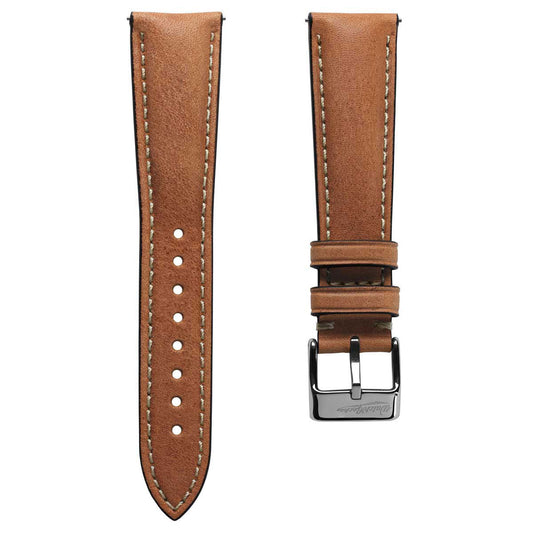
- Regular price
- £68.00
- Regular price
-
- Sale price
- £68.00
- Unit price
- per
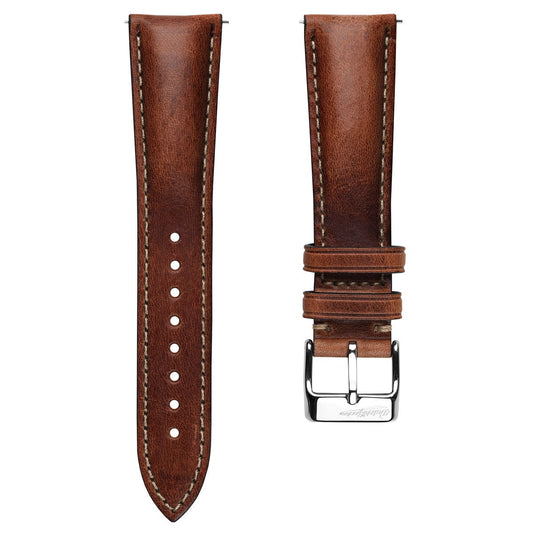
- Regular price
- £68.00
- Regular price
-
- Sale price
- £68.00
- Unit price
- per
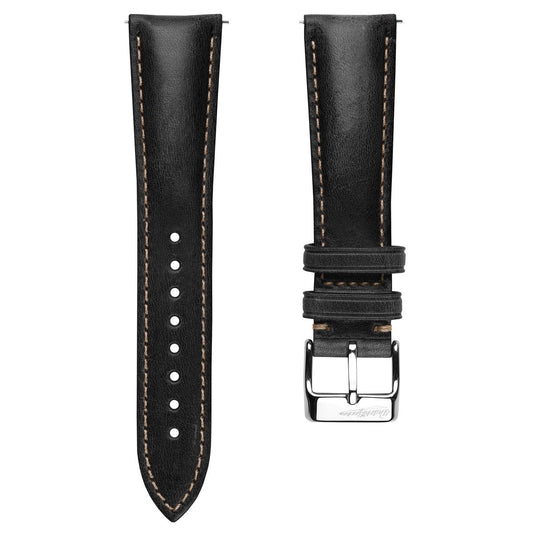
How to Set the Time and Date on Your Mechanical Watch
- Pull the Crown Out: For setting the time, pull the crown out to the second notch. If setting the date, pull it out to the first notch (if your watch has this feature).
- Set the Date (if applicable): Turn the crown until you reach the correct date. Do this step before setting the time to avoid date change at noon.
- Set the Time: Turn the crown until the hands display the correct time. Always move the hands in a clockwise direction.
- Push the Crown Back In: Once set, push the crown back to its original position. If your watch has a screw-down crown, ensure it’s securely tightened.
The Importance of Not Over-Winding Your Watch
Over-winding is a common mistake that can lead to significant damage. Modern manual watches are designed to prevent over-winding, but it’s still crucial to be gentle and attentive.
When you feel resistance, it's a sign that the mainspring is fully wound, and additional force is unnecessary and potentially harmful.
How to Know If Your Mechanical Watch Needs Professional Servicing
 Tudor Black Bay GMT - Credit WatchGecko
Tudor Black Bay GMT - Credit WatchGecko
Even with meticulous daily care, professional servicing is a crucial aspect of mechanical watch maintenance.
This section will guide you through recognizing when your watch needs expert attention, what the servicing process entails, and how often it should occur to ensure the longevity and accuracy of your timepiece.
Signs That Your Watch Needs Professional Servicing
- Inaccuracy: If your watch starts losing or gaining more time than its specified tolerance, it may indicate that servicing is required.
- Stiffness in Winding or Setting: Difficulty in winding or setting the time could signal internal issues that need professional assessment.
- Water Damage: Any sign of moisture inside the watch case requires immediate attention to prevent further damage.
- Sounds: Unusual sounds coming from the watch, like grinding or excessive ticking, can indicate a problem with the movement.
The Typical Servicing Process and What It Entails
Professional servicing for a mechanical watch often involves several steps:
- Disassembly: The watch is completely disassembled, and each component is carefully inspected for wear and damage.
- Cleaning: All parts are cleaned in specialized solutions to remove dirt, oil, and any debris that could affect the watch's function.
- Replacement of Worn Parts: Any components showing signs of wear are replaced with original manufacturer parts.
- Lubrication: To ensure smooth operation, the movement is lubricated with specific oils.
- Reassembly and Calibration: The watch is reassembled, calibrated, and tested to ensure it meets the original factory specifications for accuracy and water resistance.
- Final Inspection: The watch undergoes a final inspection to guarantee its performance and aesthetic condition.
How Often Should a Mechanical Watch Be Serviced?
Even if you don’t notice anything wrong with your watch, the general recommendation is to have your mechanical watch serviced every 3 to 5 years. However, this can vary based on the watch's make, model, and how often it's worn.
Regular servicing ensures that potential issues are addressed before they become significant problems, maintaining your watch's value and functionality.
Remember, a well-maintained mechanical watch can become an heirloom passed down through generations, so regular servicing is well worth it!
Final Thoughts
Now you know all the essential aspects of mechanical watch maintenance, including the importance of daily care, the correct way to wind and set your watch, and the need for professional servicing. By following the tips above, you’ll ensure your mechanical watch remains a precise and beautiful companion for many years to come.
Here’s a quick recap:
- Embrace daily care to protect your watch’s aesthetics and functionality.
- Wind and set your watch correctly to avoid damaging its delicate mechanism (don’t overwind!).
- Regularly schedule professional servicing to maintain your watch’s accuracy and longevity.
Thanks for reading!





